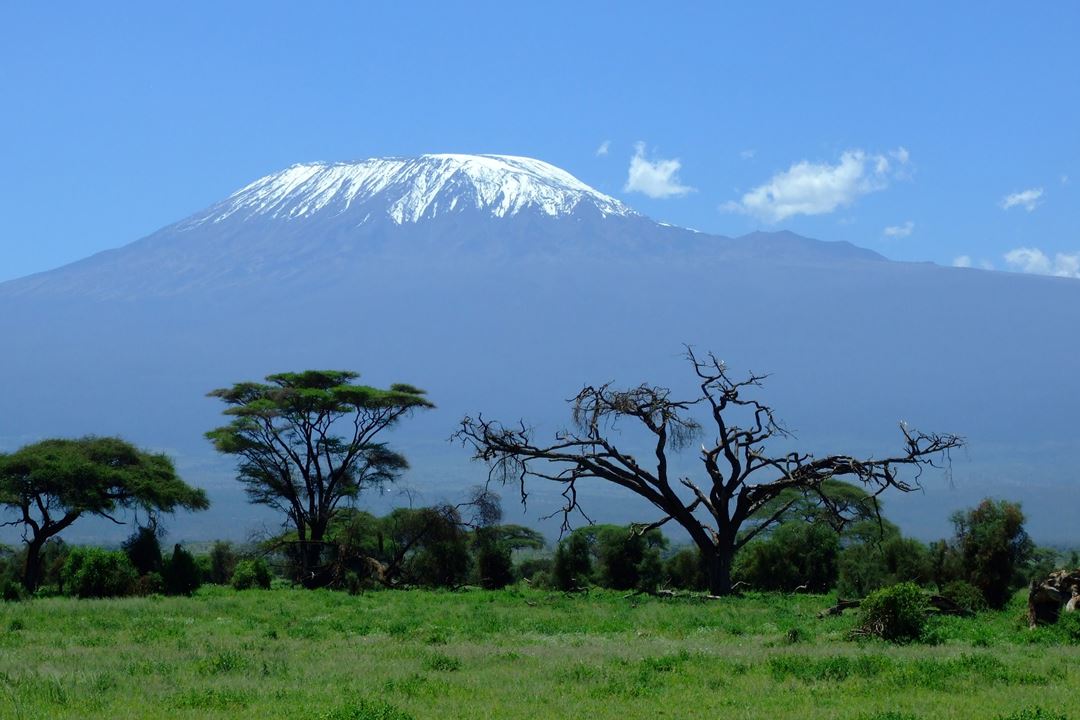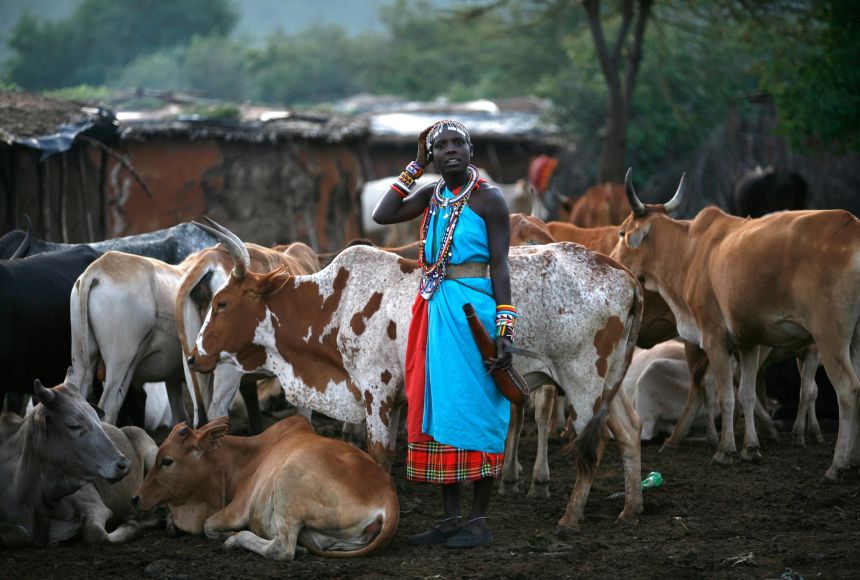Tree Climbing Lions

The lions in the Lake Manyara National Park, in Tanzania, are known as "tree-climbing lions"; they usually spend the days on the branches of the trees, while they descend on the ground at sunset.
This particular habit has been well documented in this park, but the motivation that leads them to behave in this particular way has not been defined with certainty; conjectures have been formulated over the years.
In fact, sometimes the lions climb trees as well in other areas in Africa, but in the Lake Manyara National Park they do it very often and for much longer, it has become their custom.
The first studies were undertaken in the '60s by Stephen Makacha who compared the behavior of the lions of the Lake Manyara with that of the lions of the Serengeti National Park, that had been analyzed by the studies of George Schaller; previously other scholars also formulated various theories, that were collected and analyzed by Makacha.
What has already been observed is that the lions of the Lake Manyara climbed on trees much more frequently than the lions of the Serengeti and, in most cases, remained on the trees for a long time during the daylight hours.
It was known that the lions of the Ngorongoro Crater, at a certain moment, began to climb trees, in the presence of an epidemic of mosquitoes or other dipterans able to sting them (biting flies), but this was considered an anomalous behavior, due and circumscribed to the particular situation, anyway this fact was taken into consideration.
In the Lake Manyara National Park it had already been observed that the lions escaped the charges of the buffaloes and elephants by taking refuge on the trees, but this did not justify their stay on the branches for several hours.
It was also theorized that the lions climbed on the branches to benefit from the cool breeze that came from the lake and also to better observe the prey in the distance from a privileged position.
Later, in more recent times, Kevin Pretorius began his study and began the observation of the lions, for each sighting he noted the following variables: if there were flies or mosquitoes at ground level or on the trees, the air temperature and the presence of breeze, the presence of buffaloes and lions nearby, the height at which the branches were, where the lions were climbing, the available view at that height and the species of trees.
This study showed that the lions climbed on six species of plants, but, in 90% of the cases, the tree species were only 3: Acacia tortilis, or umbrella thorn, Kigelia africana, or sausage tree, and Balanite aegyptiaca, or desert date; in many cases the lions have traveled long distances to reach these trees and then climb on their branches.
The lions were observed on the branches of the trees during the hottest hours of the day, while they were descending at dusk, but no connection was made with the presence or absence of the breeze, so it was concluded that the lions did not climb on branches to escape the heat.
Although buffaloes and elephants sometimes attack the lions by putting them on the run, during many sightings of lions on the trees, in the vicinity there were not these animals, so this theory was also rejected as the main cause.
Often the lions have been observed on branches that are located about 5 or 6 meters from the ground, from that height they could enjoy a good view of the surroundings to spot the prey, if it had not been that, in some cases, the trees, on which they climbed, they were positioned in the thick forest, that would have prevented them from having a good view of the surroundings, making it impossible to spot potential prey.
Finally, the lions, who were spotted to rest at ground level, seemed to be unmindful of flies and mosquitoes and other insects that could prick them, even if the lions on the branches were surrounded by insects only in 10% of the cases, while 60% of those on the land; usually these arthropods are more present at grass level while, at a height of 5 or 6 meters, they are much less present.
The only plausible explanation that was found for this particular propensity of lions to climb trees is that probably, at a time when there was an epidemic of mosquitoes and flies, they repaired on the trees to escape and, later, they maintained this behavior more as a habit rather than as a reaction to a specific and concrete motivation or threat.
It seems that lions learn this particular behavior, since they are puppies, by the other members of the herd, in practice "lion sees, lion does", a typical attitude of the cats.
Probably more detailed studies would be needed to better understand this fascinating behavior; a curious thing is that, especially during the rainy season, this behavior is becoming more common for the lions of the Serengeti National Park and less frequent for the lions of the Lake Manyara National Park, this confirms that it can be a behavior deriving from a cultural and custom aspect.


